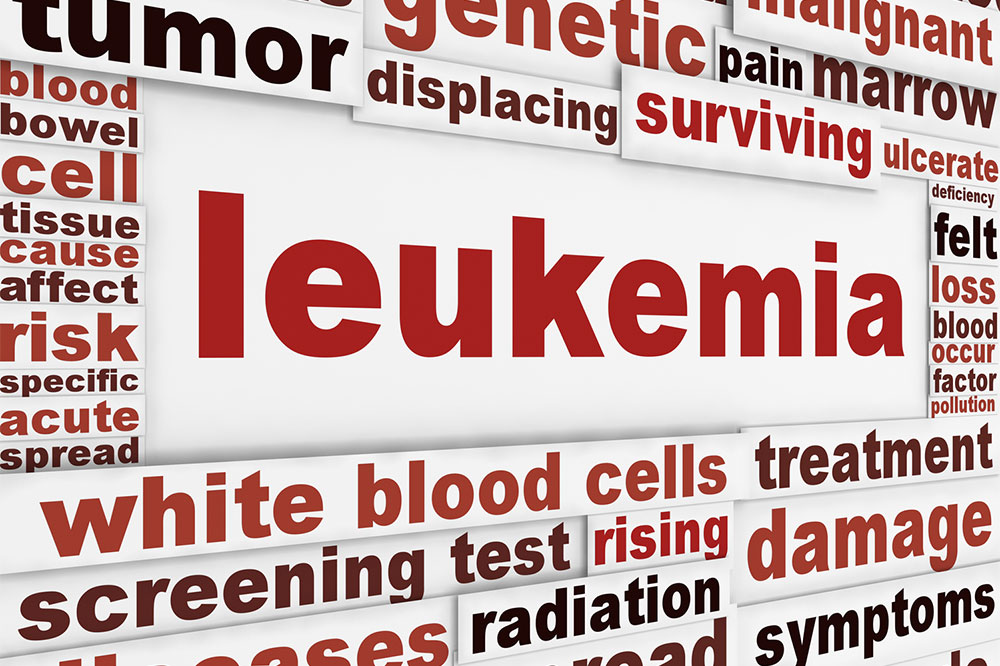Understanding Leukemia: Symptoms, Causes, and Risk Factors
Explore the signs, underlying causes, and risk factors of leukemia, a blood cancer that impacts immune function. Learn about symptoms like fatigue, infections, and organ swelling, along with genetic and environmental contributors. Stay informed about early detection and risk mitigation strategies.

Understanding Leukemia: Symptoms, Causes, and Risk Factors
Leukemia is a blood cancer that impacts the production of blood cells within the bone marrow. This soft tissue is responsible for generating red cells, white cells, and platelets. Usually targeting white blood cells, leukemia causes these immune cells to behave abnormally. White blood cells are vital for fighting infections and foreign invaders. Learn about the common signs, underlying causes, and risk elements associated with leukemia.
Symptoms Overview
Different leukemia types display various symptoms. Some may develop silently in early stages, while others progress rapidly, leading to quick symptom escalation.
Common leukemia symptoms include:
Night sweats
Fever and chills
Continuous fatigue and weakness
Losing appetite
Recurrent infections
Bone and joint pain
Swelling of lymph nodes, liver, or spleen
Abdominal discomfort
Headaches
Bruising and bleeding easily
Difficulty breathing
Tiny red spots under the skin (petechiae)
When leukemia spreads to the nervous system, symptoms such as nausea, vomiting, confusion, muscle weakness, seizures, and headaches may occur. The disease can also damage other organs, including lungs, gastrointestinal system, heart, kidneys, and testes.
Causes and Risk Factors
The exact cause of leukemia remains unknown. Nonetheless, genetic and environmental influences are believed to contribute to its development. Changes in the DNA of a single bone marrow cell cause it to malfunction, leading to leukemia.
Several factors are associated with increased risk, including:
Prior cancer treatments: Radiation and chemotherapy for other cancers increase leukemia risk.
Genetic disorders: Conditions like Down syndrome or neurofibromatosis elevate susceptibility.
Family history: Relatives with leukemia raise individual risk.
Chemical exposure: Contact with benzene, found in gasoline and industrial chemicals, is linked to certain leukemia types.
Smoking: Cigarette use heightens the risk of acute myeloid leukemia.










